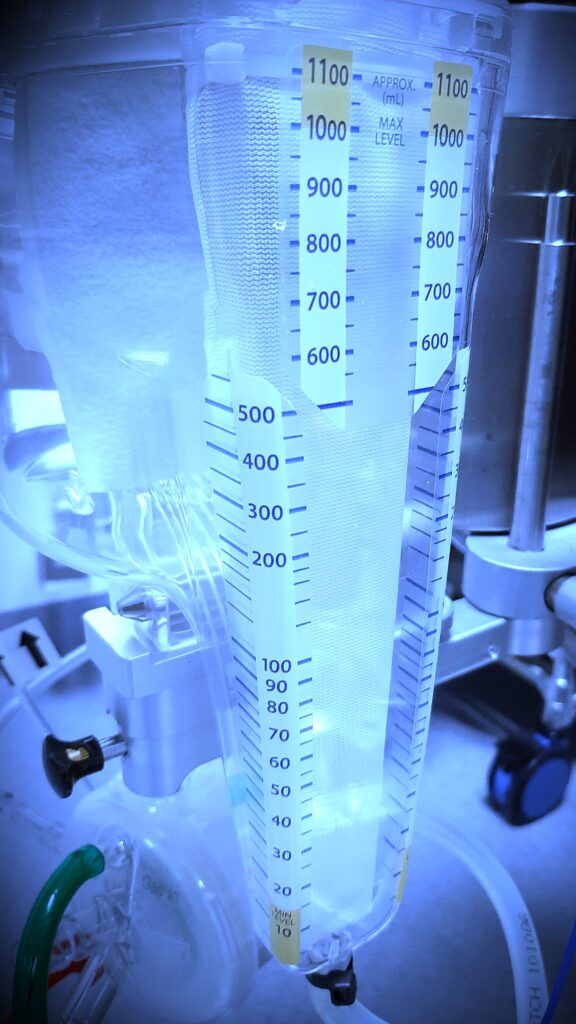Oxidative Stress Response in Children Undergoing Cardiac Surgery: Utility of the Clearance of Isoprostanes

Introduction
Cardiac surgery (CS) in pediatric patients induces an overt oxidative stress (OS) response. Children are particularly vulnerable to OS related injury. The immaturity of their organs and antioxidant systems as well as the induction of OS in cardio-pulmonary bypass (CPB) surgery may have an important impact on outcomes. The purpose of this study was to describe the OS response, measured by urinary free 8-iso-PGF2α, in infants undergoing CS and to evaluate the relationship between OS response and post-operative clinical outcomes.
Methods
Infants with congenital heart disease undergoing CS with or without CPB were eligible for enrollment. Children were classified as neonates (<30 days) or infants (30 days—6 months) based on the age at surgery. Perioperative continuous non-invasive neuromonitoring included amplitude-integrated electroencephalogram and cerebral regional oxygen saturation measured with near-infrared spectroscopy. Urine 8-iso-PGF2α levels were measured before, immediately post-, and 24-hours post-surgery, and the 8-iso-PGF2 clearance was calculated.
Results
Sixty-two patients (60% neonates) were included. Urine 8-iso-PGF2α levels 24 hours after surgery (8.04 [6.4–10.3] ng/mg Cr) were higher than pre-operative levels (5.7 [4.65–7.58] ng/mg Cr) (p<0.001). Those patients with a severe degree of cyanosis caused by Transposition of the Great Arteries (TGA) had the highest post-operative 8-iso-PGF2α levels. Patients with intra-operative seizures had higher post-operative 8-iso-PGF2α levels. 8-iso-PGF2α clearance at 24 hours post-surgery was different between newborns and infant patients, and it was inversely correlated with days of mechanical ventilation (p = 0.05), ICU LOS (p = 0.05) and VIS score at 24 hours (p = 0.036).
Conclusions
Children undergoing CS, particularly neonatal patients, experience a significant post-operative OS response that might play an important role in postoperative morbidity. TGA patients undergoing arterial switch operations demonstrate the highest post-operative OS response. Rapid clearance of isoprostanes, which occurs more frequently in older patients with more mature antioxidant systems, might be associated with better clinical outcomes.
